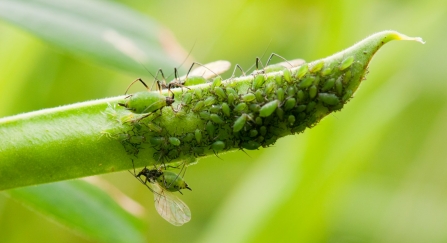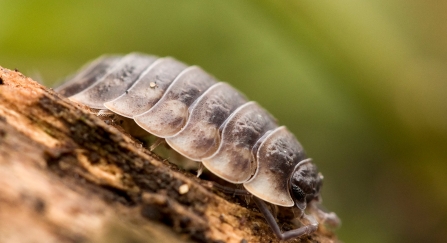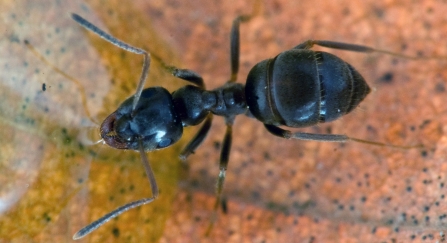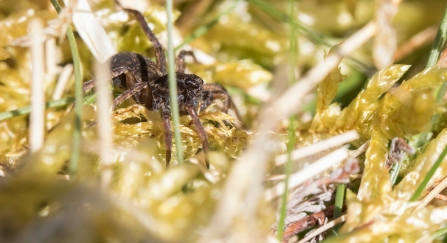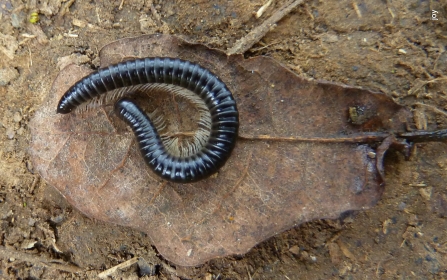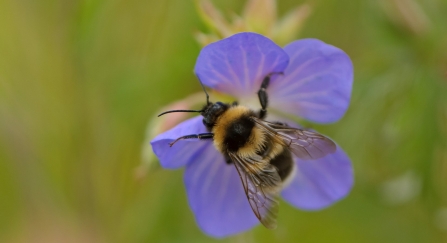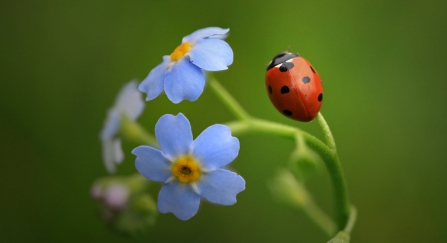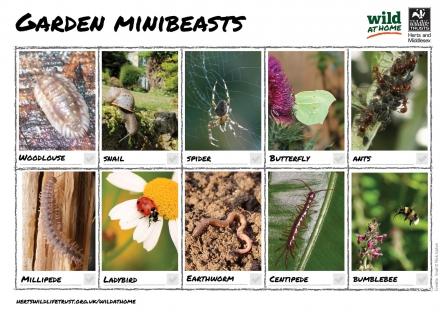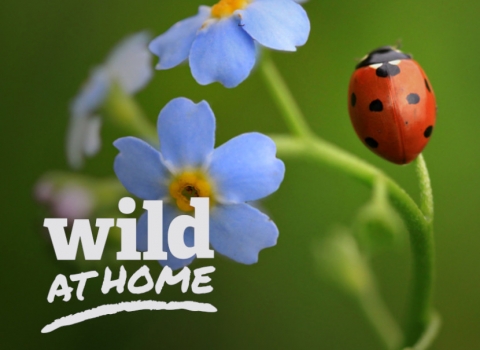
Earwig © Chris Lawrence
Earwigs
Earwigs might not always be welcomed by gardeners due to their love of fruit and soft plant food such as flower petals, but they are a vital part of the food chain and a great natural pest control. They are also excellent parents: the mother stays with the young and takes good care of them licking and cleaning them, but if the young hang around for too long, the parents might end up eating them!


